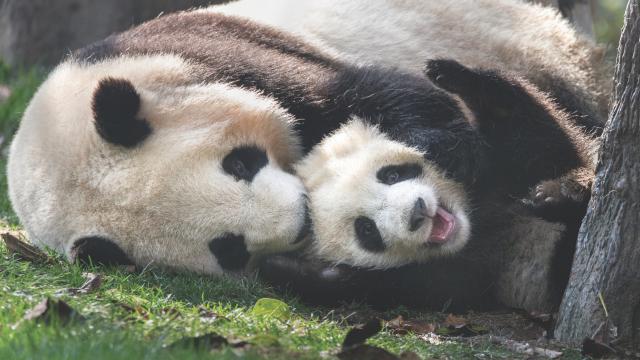If the image above took your breath away, we’re in the same boat. It’s not every day you see such intimate moments of baby animals and their parents in the wild. There’s a reason for that. Mums with newborns are often on high alert, and capturing these glimpses into their lives requires putting yourself in their place and earning their trust.
Suzi Eszterhas would know: She took the photo. Eszterhas is an award-winning wildlife photographer that just published New on Earth: Baby Animals in the Wild, a book that features a collection of her life’s work photographing a variety of baby animals and their families throughout the world. Many of the species included in the book are endangered.
“I think all life matters. But, you know, for these species in particular that are endangered or critically endangered, every new life is counted and documented and really, really, truly matters,” Eszterhas said.
Eszterhas spoke to Earther about what it’s like to be a wildlife photographer focused on baby animals and her new book. Join us for the adventure, which will be filled with more photos of baby animals and their families, of course.
The Beginning
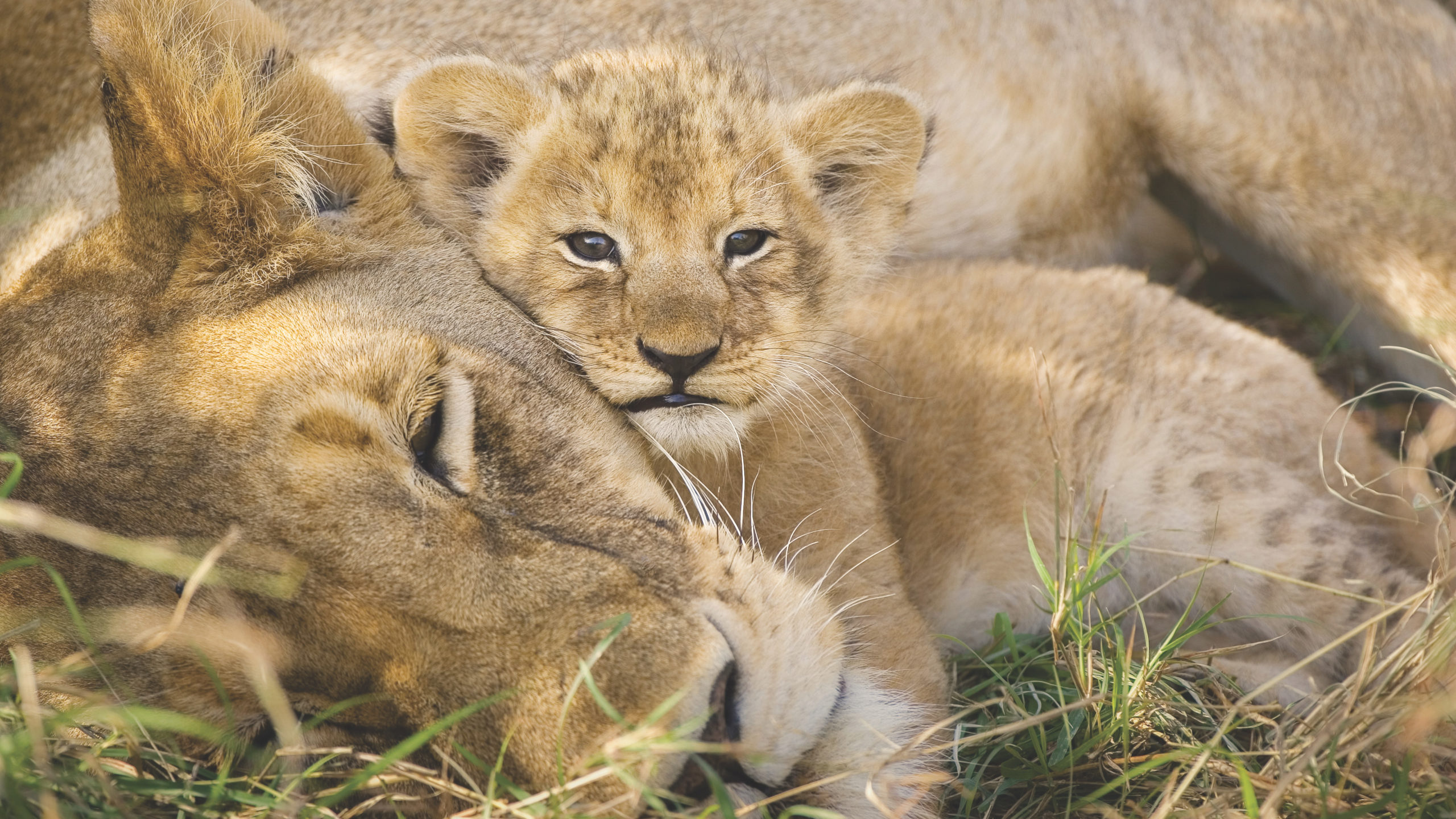
Eszterhas said she’s wanted to become a wildlife photographer ever since she was a child. One of her biggest supporters was her own mum, a fact she finds funny since she now specialises in photographing mums and babies. However, Eszterhas said her mum was “not at all a nature person.” That never stopped her mum from encouraging her daughter’s interests in wildlife photograph, though.
She remembers that she got her first point-and-shoot camera, a Pentax IQ Zoom, when she was about six years old. She loved it and would use it to photograph the family’s cats and dogs. As Eszterhas got older, she moved on to squirrels and birds (“I was a total bird nerd as a kid,” she said). She felt scared at school and like she didn’t fit in, so she gravitated to being in nature and being with animals.
Over the years, Eszterhas turned her interest in photography into a full-time profession. Today, she is one of the few leading female wildlife photographers, a fact that led her to found the nonprofit Girls Who Click, which offers free nature photography workshops to teenage girls. Eszterhas was also recently given the outstanding photographer of the year award by the North American Nature Photography Association, an award that has only been given to one other woman in the last 24 years.
This Job Is a Lot Harder Than It Looks
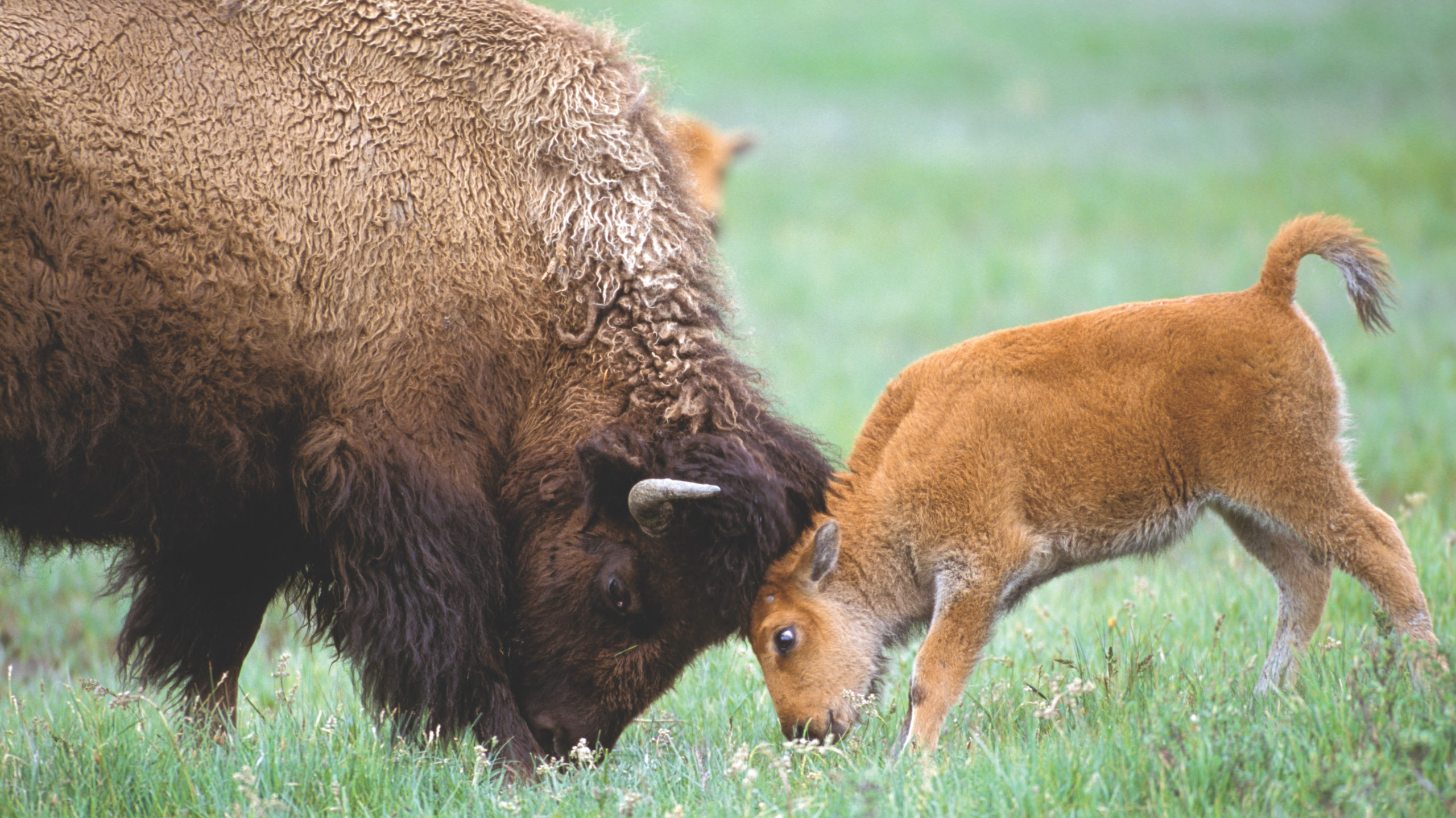
While it may seem that travelling the world shooting photos of baby animals and their families is a piece of cake, that’s not the case. Being a wildlife photographer requires unrelenting patience and developing a relationship of trust with the animal. It’s also a lot of hard work and has lots of downtime, Eszterhas said.
She described a recent experience she had with leopard cubs, a story she worked on for 18 months that involved photographing them since they were five weeks old until they were independent from their mother at around 18 months old.
“There were days where 14 hours would go by and I’d stare at a termite mound hoping that I would see a little face pop out, and nothing happened in 14 hours,” she said.
Putting yourself in the shoes of mums is also very important, Eszterhas explained, and requires approaching them in a way that isn’t stressful or frightening. Gaining a mum’s trust, which can take time, means always giving her plenty of space, thinking about how she might be feeling in the presence of a photographer, and considering what she’s doing with the cubs, among others.
Choosing to Focus on Baby Animals

When asked why she decided to focus on baby animals and dedicate her career to them, Eszterhas said she’s been captivated by them ever since she was kid, and she continues to be drawn to them today. She said she is especially drawn to their vulnerability and innocence, adding that vulnerability, in particular, is something there’s not a lot of room for in our culture.
As far as New on Earth goes, Eszterhas described her new book as a true labour of love, one she hopes will make an impact on others.
“Overwhelmingly what I hope these images do is that they crack open even the hardest of hearts and they show how vulnerable these animals are, not just as individuals, but as species,” she said.
The Mums in New on Earth
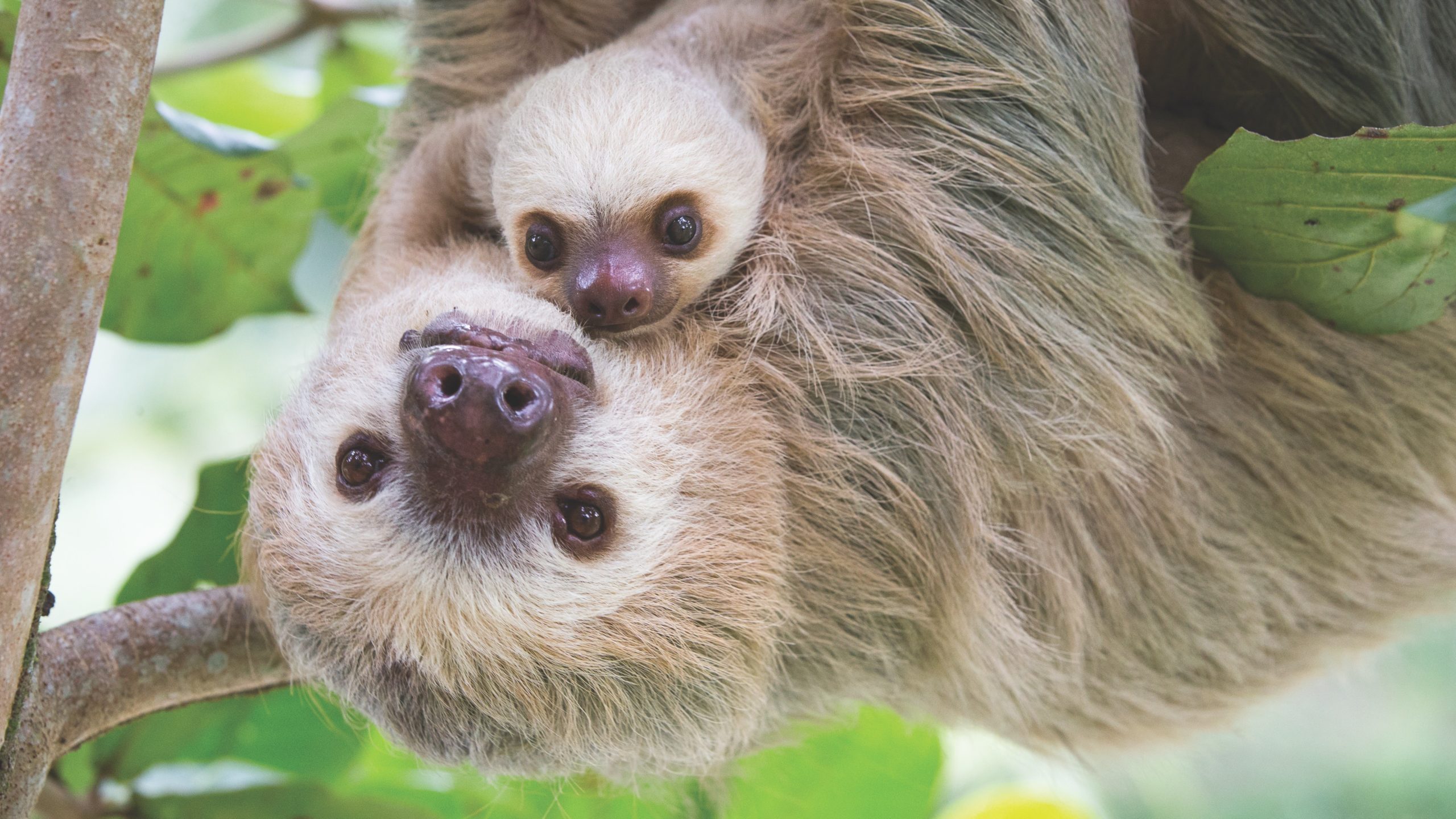
One of the first things that stands out about New on Earth is how it features animal mums. There’s a tenderness to seeing baby animals and their mothers together that’s reminiscent of what we might see with humans. In fact, Eszterhas said that mums in the animal world are actually very similar to mums in the human world.
“They’re very much like people in the fact that there are good mums and there are bad mums. The mums have good days. They have bad days. They have moods, they have personalities,” she said. “You know, you’ve got a mum that’s always grumpy and never likes to play with her babies. And then you’ll have a mum that absolutely loves to play with her babies.”
A meerkat mum she photographed, for instance, was “the worst of the worst.” Eszterhas described her as a milk machine that fed her pups and then left to go foraging all day, leaving the parental care to the dad and the subadult. But there are also “supermoms,” like the cheetah who leaped on the back of a hyena that was threatening her and her cubs. Considering that cheetahs’ only defence from predators is to run — they don’t usually fight them — this was not typical. It was an incredible act of bravery.
The Process of Taking Photos
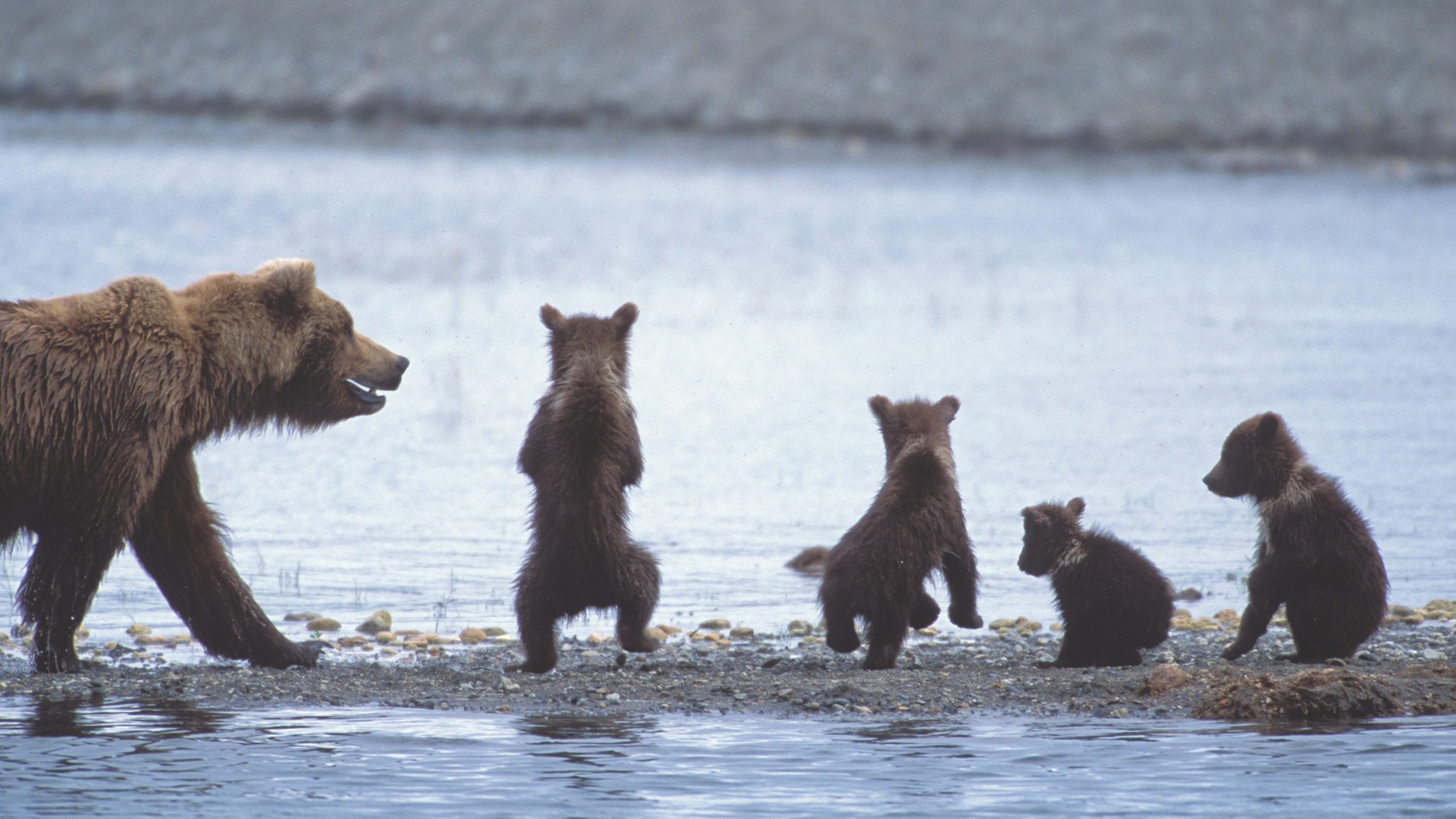
Some animals are much harder to capture in an image than others. Working with shy animals, such as jackals, can be incredibly difficult. In the case of the jackals, Eszterhas said it took her 17 days of getting the jackals used to her presence before she took her first photo.
To get there, she moved her jeep a little closer to the animals’ den every day, a process known as habituating. She was getting to the area in the morning and leaving at night because even starting the vehicle could be disruptive. It meant staying in a hot, cramped car for 14 hours and peeing in water bottles since going out to use the bathroom meant the jackals would smell her.
There are also other considerations, such as choosing the right location and choosing animals that already trust humans, if possible. Eszterhas said grizzly bears are a good example of this, as there are many stories of sows being potentially dangerous when they’re protecting their cubs. Because of this, it’s important to choose a location where the bears have never been hunted and never had a conflict with people.
Choosing the right mothers is also an important part of the job. This means identifying a mum that’s relaxed around people and who’s safe from poachers and other threats.
Danger in the Wild
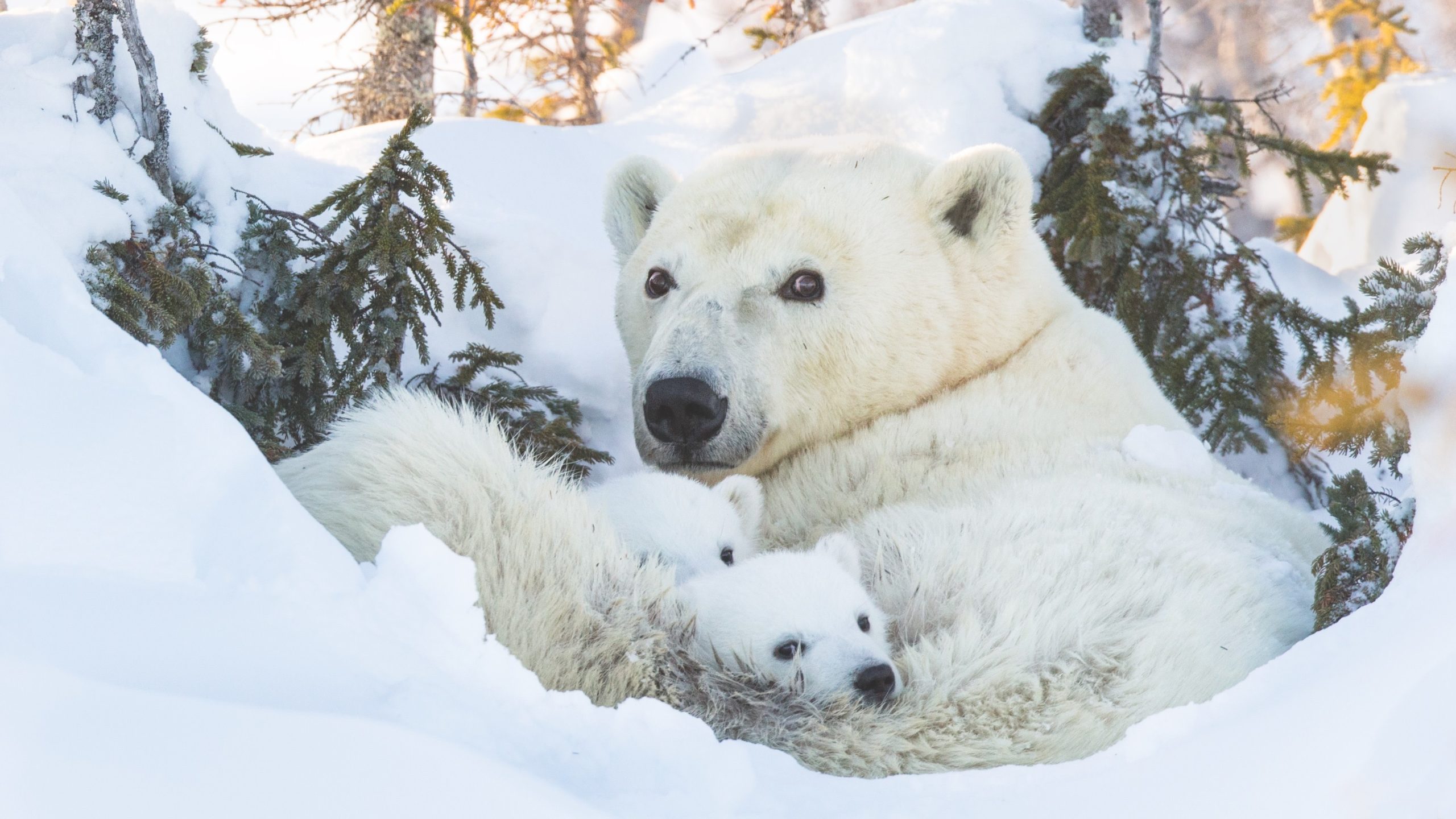
Hearing Eszterhas mention grizzly bears got me wondering if she had ever been in any dangerous situations with an animal. Her answer was unexpected, but unfortunately not surprising.
“Animals are unpredictable, but humans are way more unpredictable than animals. And it’s quite sad to say that. But that’s the biggest danger of my job, the human species,” Eszterhas said.
She said that while working, she was thrown into a vehicle because someone tried to kidnap her, but she fought her way out of it. In another incident, 12 drunk rangers tried arrest her for “poaching,” which was obviously not true, and it was clear they had other intentions. As a woman operating alone, she’s learned to be very aware of her personal safety around humans.
Despite these experiences, Eszterhas stressed that not all humans are bad and that she’s also seen them pull off incredible feats to save wild animals or dedicated their lives to the cause.
Nature Poses Its Own Set of Challenges
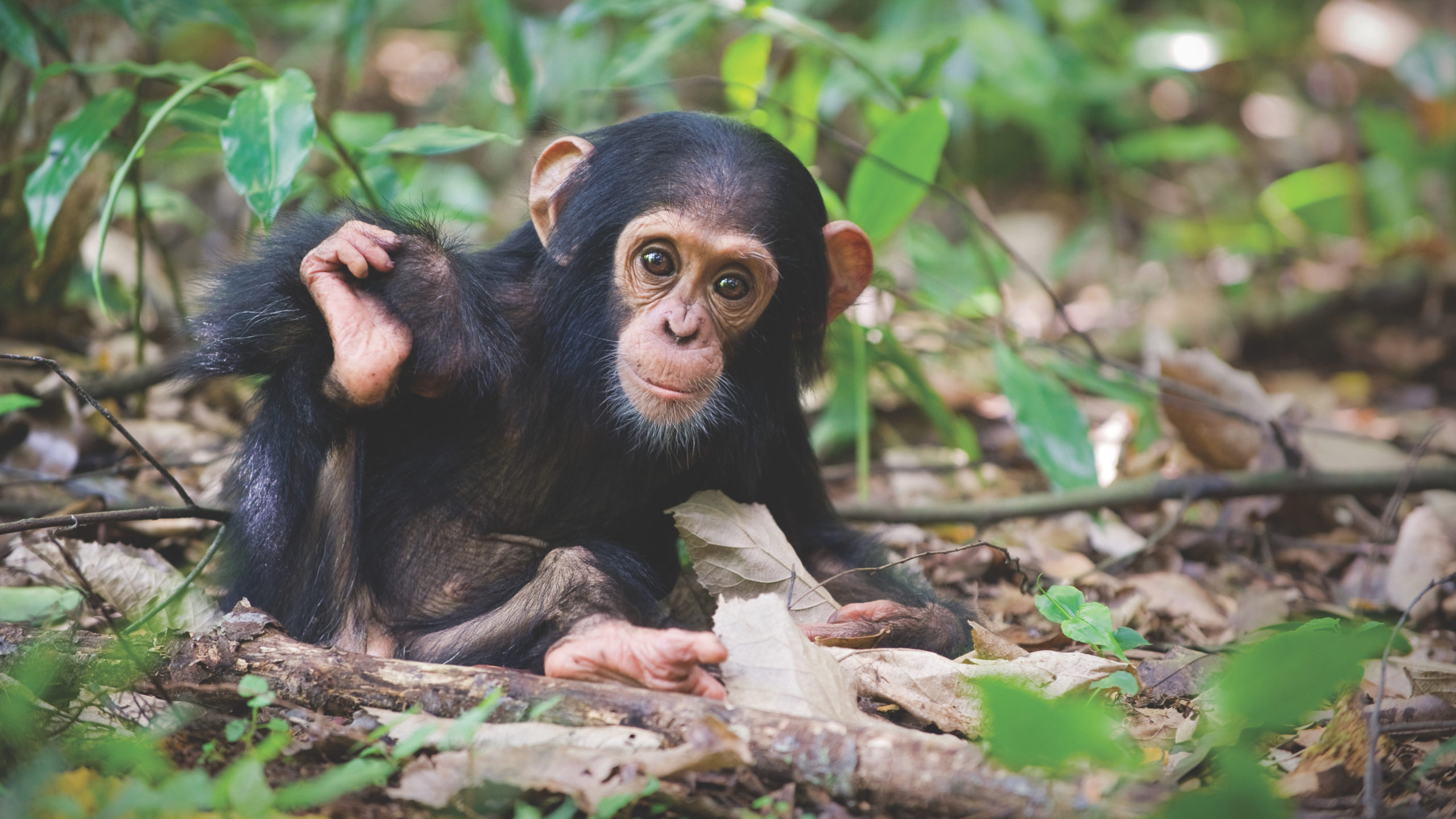
Danger aside, there are some shoots that are more challenging than others. Eszterhas recalled one particular experience with chimps where she woke up with a tick in her nose one morning and a beetle in her nose another morning. The bugs were only the beginning though. She also got chased by a green mamba snake and was charged by an alpha male chimpanzee, who smacked her as he went by.
Carrying gear while keeping up with the animals wasn’t exactly easy in this case either, as the chimps lived in a hilly, steep, and wet areas in dense jungles. At one point when she running, Eszterhas fell in a hole and twisted her ankle, and months later found out that she had broken a bone in her foot. She joked that it was like a boot camp.
“I always have emotional and mental clarity at the end of those,” Eszterhas said, adding, “I think nature is a great healer and so are animals.”
But There Are Also Epic Shoots
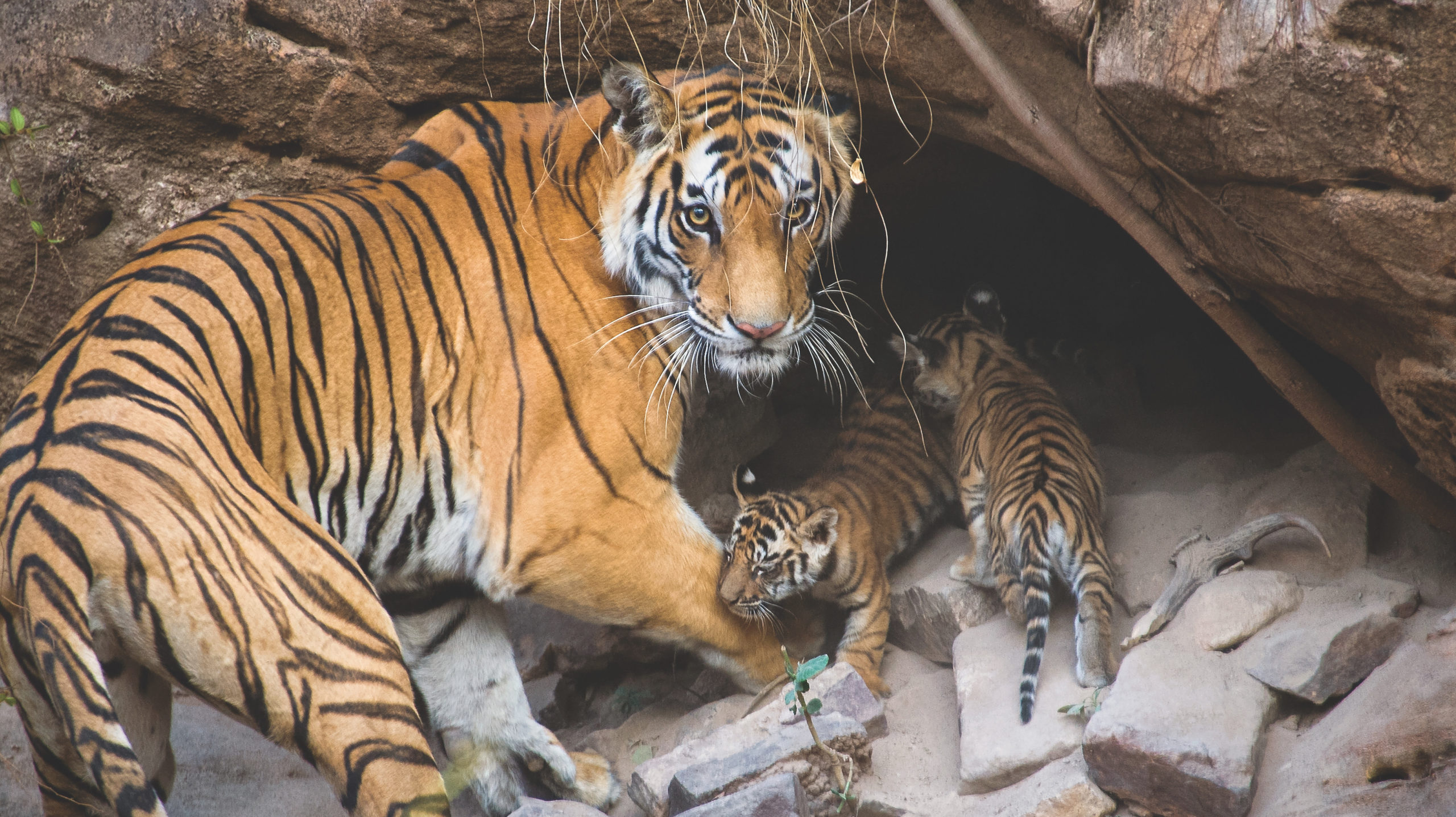
Eszterhas is one of the few photographers that has been allowed to photograph a wild tiger den, which are closely protected by the Indian government. After getting permission, she was on-call for 18 months until the mother gave birth. Finally, she got a call from a friend who was on the ground helping her with the shoot one day: You should come now, he said.
It took her about 10 days to find the tiger’s den, which she said ended up being in a gorgeous cave at Bandhavgarh National Park in India. Although the mum was very relaxed, the cubs were shy, and it took them about another week to get used to her. The conditions weren’t easy to deal with. It was monsoon season, and temperatures rose to 115 degrees Fahrenheit (46 degrees Celsius).
But it was worth it. When the mum brought the cubs out to a lip so they could catch the breeze, Eszterhas said it gave the viewer the feeling that she was in the den with them because they were almost eye-level. It felt very intimate, she said. Eszterhas also got to watch the mum take the cubs to their first kill.
“There were just all these sort of adventures that I felt like I was able to document with these tigers. And it was truly, truly one of the highlights of my career,” she said.
What Eszterhas Learned While Taking Photos for New on Earth

Eszterhas said one of the lessons she’s learned while taking photos for New on Earth is not to go into a situation with any preconceived notions of how an animal is going to behave. They’re generally not going to behave in the manner you think they are, she said, because all animals are different. That doesn’t mean Eszterhas doesn’t arm herself with knowledge — she researches the behaviour of the species she’s going to cover before any shoot — but it does mean that she has an open mind and works to get to know each individual.
Over the years, Eszterhas has also learned to get more help from others with her shoots. Earlier in her career, she used to do everything alone, primarily because she was working on a shoestring budget. But now she can afford to hire trackers and guides, which she likes to do to help bring money into local economies and communities.
Eszterhas said she is now more careful and much more aware of her personal safety and surroundings when it comes to humans. She doesn’t make a lot of the same choices she made when she was younger.
The Biggest Threats to Animals in the Wild
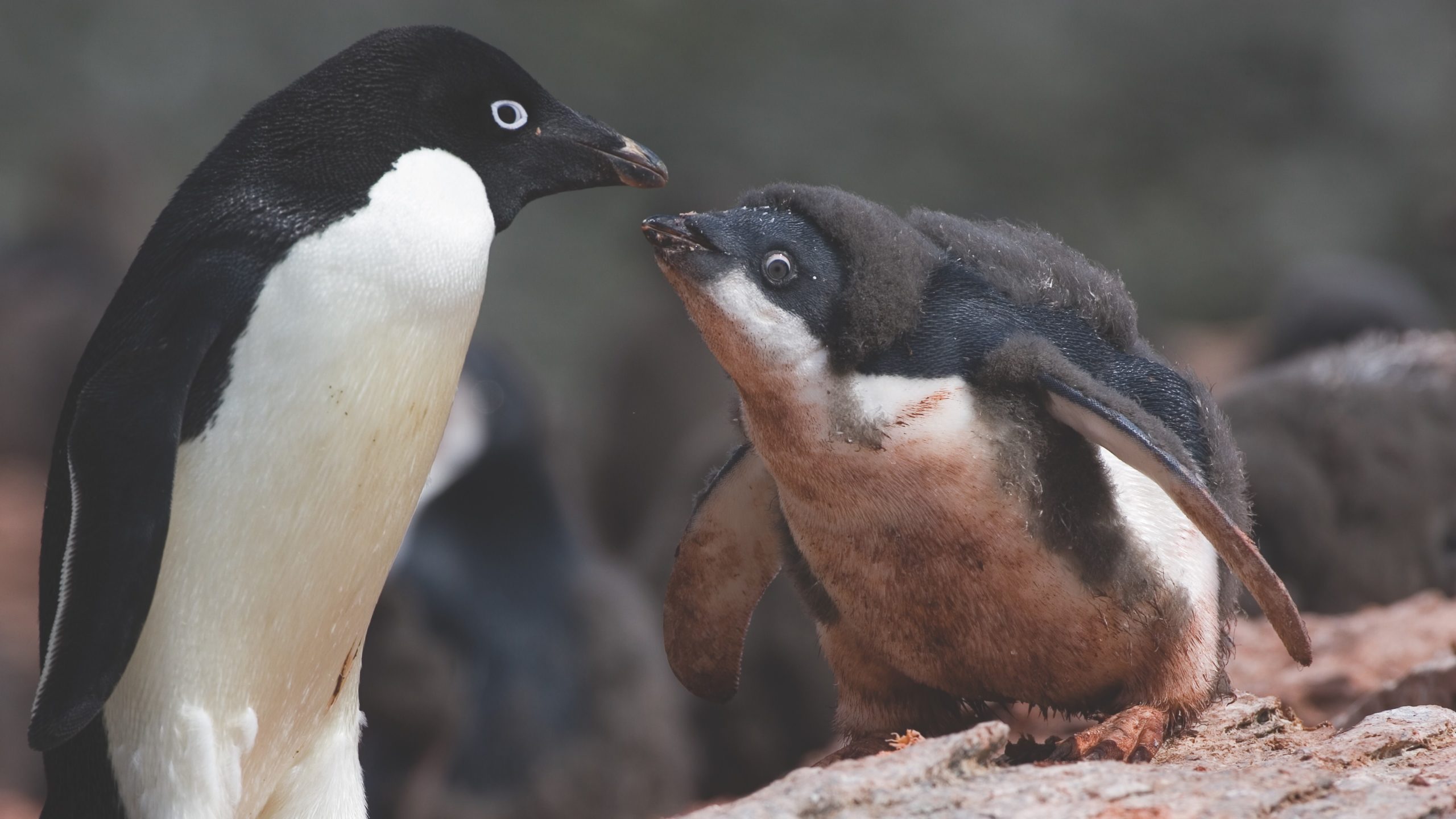
New on Earth provides a rare look into the lives of baby animals and their families in the wild. However, it’s important to remember that many of these animals are endangered and facing significant threats. Habitat loss, climate change, and poaching are the main struggles wild animals are facing, and we’re in the midst of a mass extinction event driven by human activity.
Conservation plays a huge role in Eszterhas’ work, and almost every book she makes benefits a conservation organisation. Thirty per cent of the proceeds from New on Earth will benefit the Wildlife Conservation Network.
How to Help Animals

Although many of us may live far away from the animals featured in New on Earth, it doesn’t mean we can’t make active choices to help protect them. Eszterhas said there are many choices people can make, such as living a greener life, which can mean driving your car less, walking more, and buying local organic produce. Another thing people can do is become an advocate for wildlife, she added, and educate others about the challenges facing certain species or host fundraisers to protect animals.
Voting also impacts wild animals, and people can all vote for politicians who are ready to implement policies to protect nature rather than destroy it. Eszterhas said fostering a connection with nature for younger generations is also key to ensuring we don’t end up losing even more of the natural world.
“I do believe the single greatest threat to the planet of all, even more than habitat loss, even more than climate change, is a disconnect with nature,” Eszterhas said. “I definitely think that we are missing the mark if we are not focused on connecting kids with nature.”
